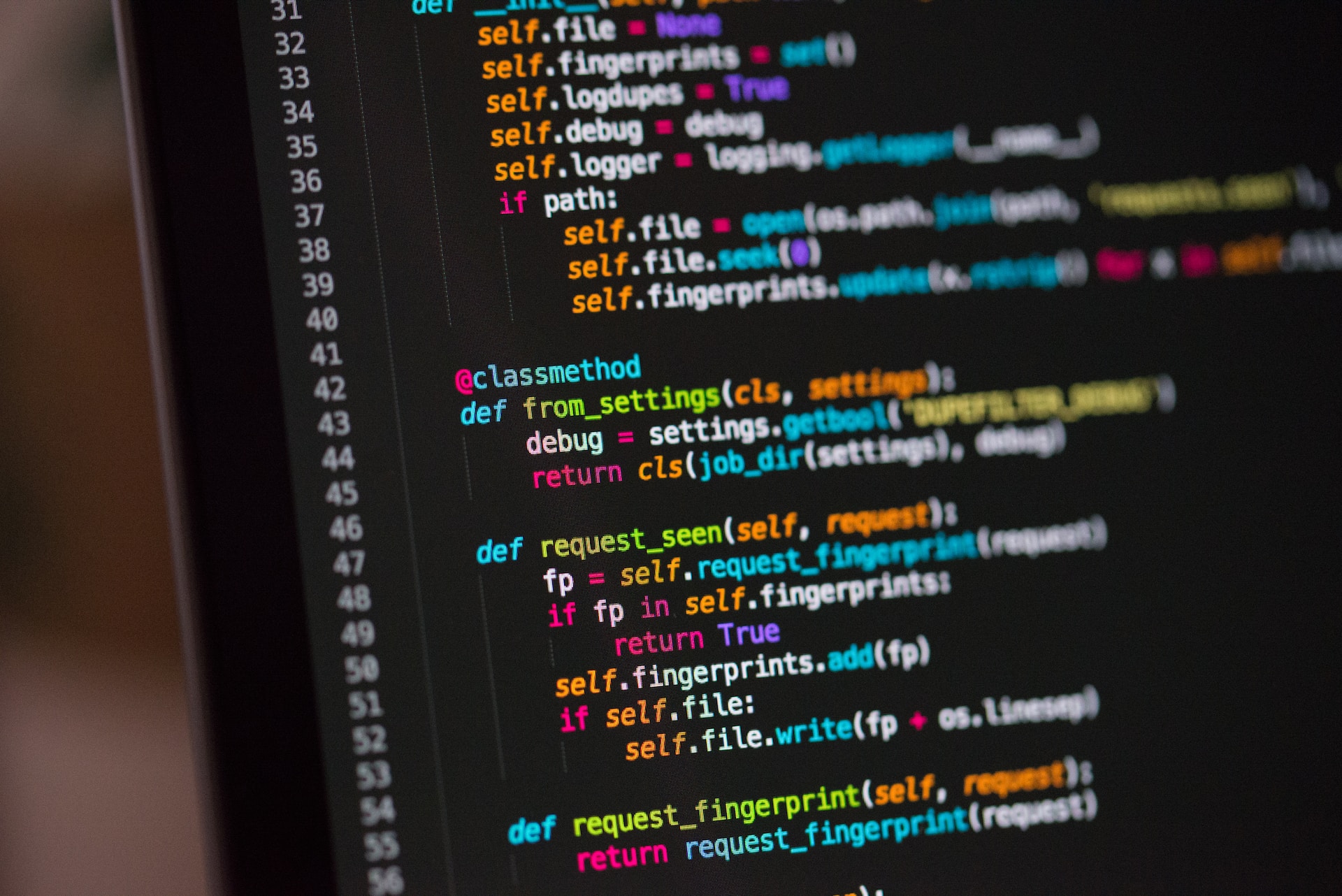In the realm of modern software development, where projects often rely on a myriad of external libraries and packages, effective dependency management is a crucial aspect. Python, a versatile and popular programming language, offers a robust solution to this challenge through its support for virtual environments and dependency management. In this guide, we’ll explore the significance of these concepts and provide a comprehensive understanding of how to create, manage, and optimize Python virtual environments.
The Need for Virtual Environments and Dependency Management
As Python’s ecosystem grows, developers frequently work on multiple projects, each with its own set of dependencies and requirements. Without a structured approach, conflicting dependencies can arise, leading to compatibility issues and potential bugs. Virtual environments, in combination with dependency management tools, alleviate these problems by isolating project-specific dependencies and ensuring the integrity of each project’s environment.
What are Virtual Environments?
A virtual environment is an isolated workspace that encapsulates the dependencies and Python interpreter for a specific project. It allows developers to create a controlled environment where they can install packages without affecting the system-wide Python installation. This isolation prevents version conflicts and makes it easier to manage dependencies on a per-project basis. As you navigate the world of Python development, if you’re in need of skilled Python developers, you can find experienced professionals at https://lemon.io/hire-python-developers/.
Creating a Virtual Environment
Python comes with a built-in module called venv for creating virtual environments. To create a virtual environment named “myenv,” you can use the following command:
Once created, you can activate the virtual environment:

On Windows:

On macOS and Linux:

Managing Dependencies with pip
With the virtual environment active, you can use Python’s package manager, pip, to install and manage dependencies within the isolated environment. This ensures that the dependencies for each project are separate from those in other projects or the system.
- Installing a package:

-
- Exporting dependencies to a file:

- Installing dependencies from a file:

Virtual Environment Best Practices
- Create a Virtual Environment for Each Project: Always create a new virtual environment for each project. This maintains a clean separation of dependencies and avoids conflicts.
- Use a Version Control System: Include the requirements.txt file in your version control system to track project dependencies. This enables easy collaboration and reproducibility.
- Activate Virtual Environments: Remember to activate the virtual environment whenever you work on a specific project. Deactivate it when switching to a different project.
- Keep Dependencies Updated: Regularly update your project’s dependencies to benefit from bug fixes, security updates, and new features.
- Avoid Global Installs: Refrain from installing packages globally unless necessary. Global installs can lead to unintended version conflicts and compatibility issues.
Advanced Dependency Management
In more complex scenarios, you might encounter situations where different projects require different versions of the same package. This is where tools like pipenv and conda come into play.
pipenv: Provides a higher-level interface for managing dependencies, including automatic generation of Pipfile and Pipfile.lock files. It combines virtual environment creation and package installation in a streamlined manner.
conda: Especially useful in data science and scientific computing, Conda is a package manager and environment manager that can handle both Python packages and packages from other languages.
Conclusion
Python virtual environments and dependency management are indispensable tools for maintaining organized and stable development environments. They empower developers to isolate project dependencies, mitigate version conflicts, and enhance collaboration. By following best practices and utilizing the appropriate tools, you can ensure efficient and reliable software development that harnesses the full potential of Python’s extensive library ecosystem.
As the complexity of modern software projects grows, the need for skilled Python developers who understand virtual environments and dependency management becomes more pronounced.


